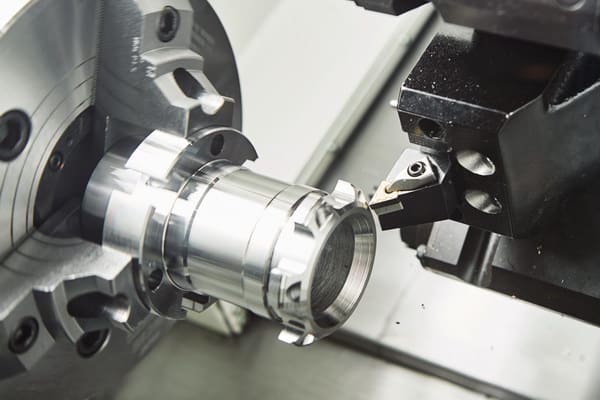
CNC machine tools have become the main force in the modern manufacturing industry, and their efficient, stable, and precise processing capabilities are widely recognized. In the machining process based on CNC machine tools, grinding technology is an indispensable link. Grinding grooves is an important part of online CNC machining. So, how to polish the groove in CNC machining? This article will provide you with a detailed explanation.
1. Knowledge reserve
Before grinding grooves in CNC machining, it is necessary to first have a certain knowledge reserve. Specifically, it is necessary to master the following points:
(1) Definition of groove: In the processing of parts, due to the unevenness of the connecting surface, it is necessary to make a groove shape to facilitate the assembly of the parts. Beveling is an accurate engineering requirement that has a significant impact on manufacturing accuracy. It requires high angular accuracy and avoids the generation of burrs and charring.
(2) The purpose of polishing: The purpose of polishing the groove is to remove defects such as burrs and burning on the surface of the parts, so as to achieve a good assembly state of the connecting surface. Meanwhile, polishing the groove can improve the connection strength of the parts and extend their service life.
(3) Tools required for grinding: Grinding grooves requires the use of cutting wheels, chamfering wheels, and other grinding tools. When using grinding tools, attention should be paid to structure, size, material, etc.
2. Method of polishing the groove
There are many methods for grinding grooves, each with its unique characteristics. Let’s take manual polishing and mechanical polishing as examples to introduce.
(1) Manual polishing
Manual grinding refers to the way that operators use hand tool to grind. The advantage of this polishing method is flexibility, adaptability to various parts processing, and low cost. Manual polishing requires the use of some polishing tools, such as sandcloth, sandpaper, polishing paste, etc. At the same time, it is necessary to combine the actual situation of the parts for operation.
The disadvantage of manual polishing is unstable operation and low efficiency. Especially when grinding hard parts, high force is required, which can cause fatigue and damage to the surface of the parts. In addition, manual polishing can easily generate irregular groove shapes, which affect the assembly quality of the parts.
(2) Mechanical polishing
Mechanical polishing refers to the automated polishing process carried out through intelligent CNC machining machines. The advantages of mechanical polishing are high operating accuracy and efficiency, which can achieve automated operation and reduce the labor intensity of operators. At the same time, mechanical polishing adopts precise CNC technology, which can effectively ensure the accuracy and shape standardization of the groove.
The disadvantage of mechanical polishing is that it has high processing costs, requires a significant investment in equipment costs, and has a high technical threshold. In addition, mechanical polishing can only be applied to large-scale production lines, and cannot achieve economic benefits for small-scale component production.
3. Summary of key points
Overall, the following points need to be noted when grinding grooves in CNC machining:
(1) Master the necessary knowledge reserves, understand the definition of grooves, the purpose of polishing, and the tools required for polishing.
(2) Choose different polishing methods based on the specific requirements of the processed parts. Manual polishing is suitable for small-scale production or parts with special shapes, while mechanical polishing is suitable for large-scale production lines.
(3) When polishing, it is necessary to pay attention to the accuracy of the operation to avoid unnecessary damage to the surface of the parts.
In short, polishing grooves is an important part of CNC machining, which requires us to continuously explore and research in practical operations, optimize the technical methods and operating processes of polishing, in order to better serve the development and innovation of modern manufacturing industry.
XTJ is a leading OEM Manufacturer that is dedicated to providing one-stop manufacturing solutions of Machining 6061 Aluminum from prototype to production. We are proud to be an ISO 9001 certified system quality management company and we are determined to create value in every customer relationship. We do that through collaboration, innovation, process improvements, and exceptional workmanship.lication: Automotive industry, Bicycle and motorcycle, Door and windows and furniture, Household appliance, Gas meter, Power tool,LED lighting, Medical instrument parts, ect.

